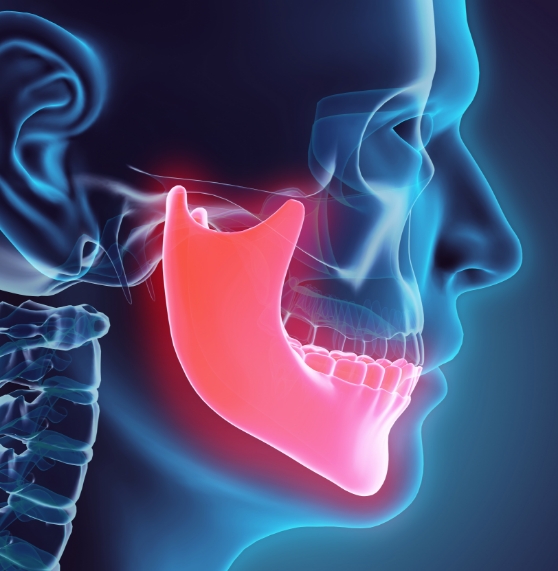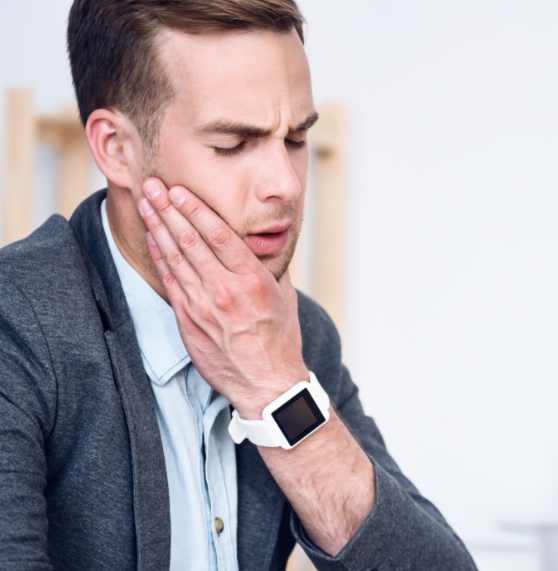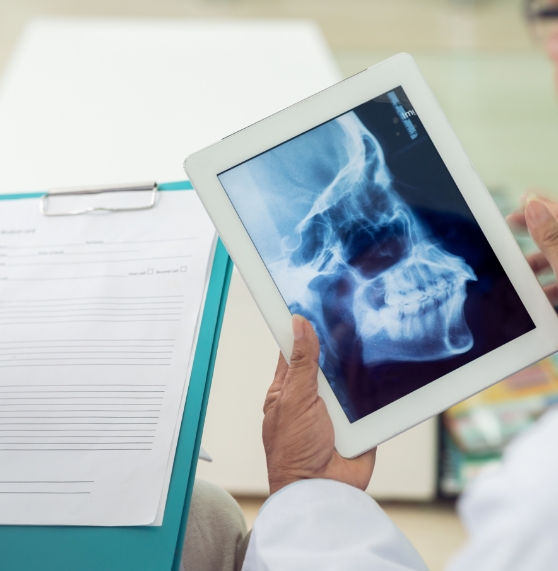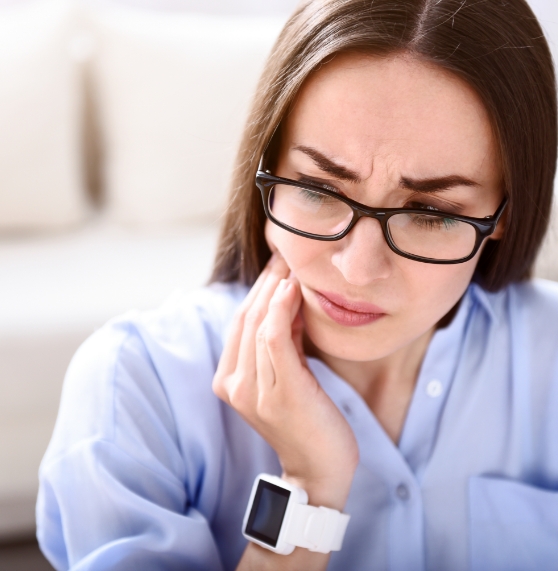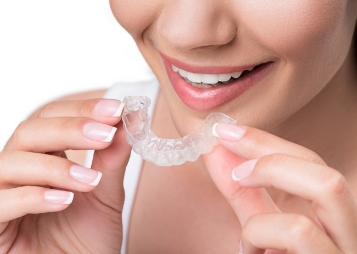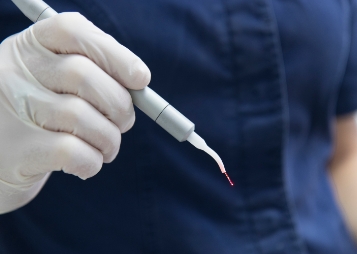TMJ Treatment Northern Arizona
Jaw Pain, Headaches, & Bad Sleep
On top of persistent exhaustion, another common sign of sleep apnea is chronic jaw pain and frequent headaches/migraines. As you can imagine, most people wouldn’t consider this type of pain to stem from bad sleep, but the conditions are deeply connected. Thankfully, treating one often resolves the other! To learn more about this often-overlooked relationship, and how our team at Sleep Better Southwest can help with TMJ treatment in Northern Arizona, keep reading.
